FE-Safe Fatigue Life Simulation Course Using Abaqus is a practical training designed for engineers and students who want to perform advanced fatigue life prediction using FE-Safe — starting directly from Abaqus simulation results. This course teaches you how to run real-world S–N, ε–N, weld, and multiaxial fatigue analyses using your existing FEA data.
In mechanical engineering, fatigue is responsible for up to 90% of structural failures in service. That’s why knowing how to simulate and predict fatigue behavior is essential for any design or validation engineer. This course walks you through the full fatigue workflow, starting from theory and Abaqus model preparation to advanced simulations in FE-safe.
This course is your complete guide to FE-Safe Fatigue Life Simulation, one of the most powerful tools for durability simulations. Whether you’re using Abaqus or ANSYS for preprocessing, this course teaches you how to carry out professional fatigue life predictions for real-world mechanical components and welded structures.
Built for Abaqus users, this course skips the fluff and gets right into what matters: how to take your Abaqus ODB file and generate fatigue life contours using FE-Safe’s most powerful tools. You’ll learn both theory and implementation with guided, reproducible examples — no need to guess the workflow or reverse-engineer half-explained steps from old documents.
🔧 This is a hands-on course. You’ll open Abaqus ODBs, define fatigue materials, apply mean stress corrections, and interpret results — step by step.
You’ll cover the two most widely used fatigue methods: S–N (stress-life) and ε–N (strain-life), along with dedicated modules on mean stress correction, BS7608 weld analysis, and multiaxial fatigue failure. Each concept is backed with a practical example and simulation file so you can follow along.
If you use Abaqus and want to predict fatigue failure without jumping into coding or custom tools, this course is for you.
🔍 What You’ll Learn:
-
Perform fatigue analysis using FE-Safe and Abaqus ODB results
-
Understand and apply S–N and ε–N fatigue theories
-
Apply mean stress correction techniques like Goodman and Gerber
-
Use BS7608 weld classification for welded joints
-
Perform multiaxial fatigue life evaluations
-
Navigate FE-Safe’s interface with confidence
-
Build clean fatigue workflows for academic or industrial use
🎓Who is this course for?
This course is designed for mechanical engineers, structural engineers, fatigue analysts, and FEA specialists who want to expand their skills in fatigue simulation. It is also ideal for researchers, graduate students, and professionals working on product durability, reliability, or fatigue testing.
Whether you’re working in automotive, aerospace, oil & gas, or general product design — this course will help you master fatigue simulation using FE-safe.
Practical, Real-World Focus
✅Course Requirements:
-
You MUST have access to Abaqus and FE-Safe software (this course does not include the software itself)
-
Basic understanding of finite element analysis
🚫 Important:
This is a digital course. No refunds will be issued after purchase.
CAE files and fatigue databases are not included. The focus is on using ODB, and inp results.
🧱 Course Structure:
Section 1 – Introduction
Overview of FE-Safe, workflow summary, and software requirements
Section 2 – Stress-Based (S–N) Fatigue Analysis
Fundamentals of stress-life method, input setup, and output interpretation
Section 3 – Mean Stress Correction
Implementing Goodman, Gerber, and Smith-Watson-Topper corrections
Section 4 – Practical Example: S–N Analysis of Tensile Test Sample
Step-by-step real case using Abaqus ODB
Section 5 – Strain-Based (ε–N) Fatigue Analysis
Simulating low-cycle fatigue with plastic strain involvement
Section 6 – Fatigue Life Analysis in Weldments (BS7608)
Weld fatigue classification, SN curves, hot spot stresses
Section 7 – Multiaxial Fatigue Analysis
Critical plane methods and non-proportional loading interpretation
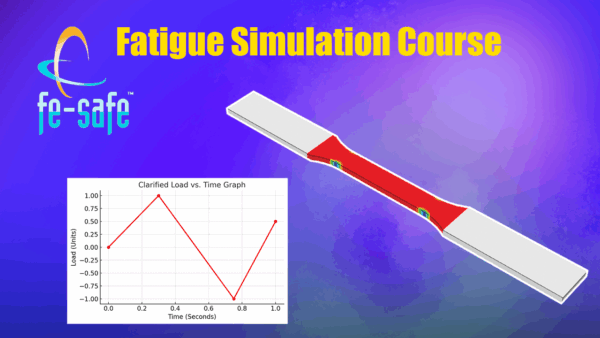
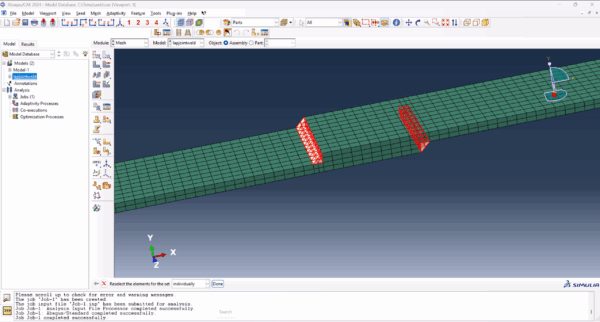
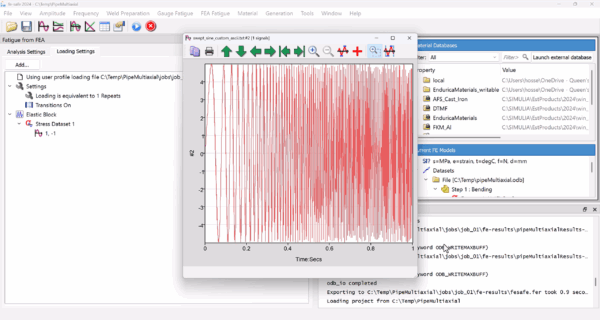
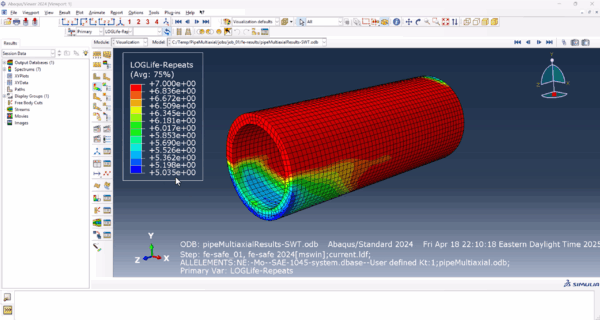
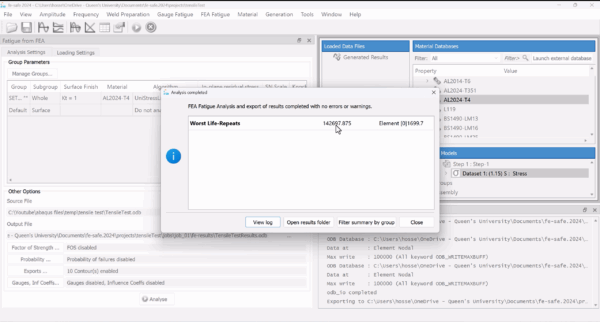

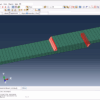
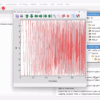
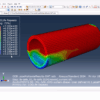

Reviews
There are no reviews yet.